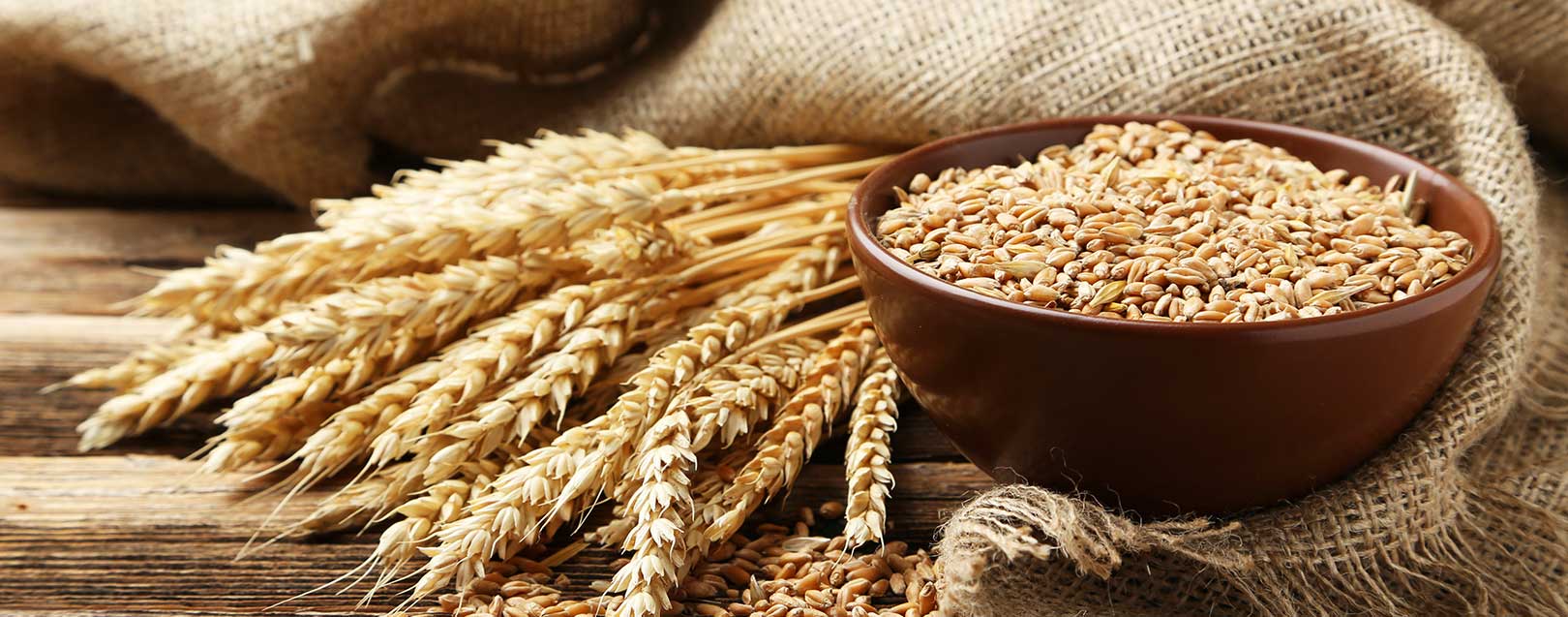Efficient wheat harvesting operations are crucial for farmers to optimize productivity, minimize downtime, and reduce grain losses. With the advancements in agricultural technology, Case combines offer innovative features and practices that can significantly enhance efficiency during wheat harvests. This article explores the best practices and innovations associated with Case combines, including auto-steer systems, yield mapping, moisture sensing, and telematics. Additionally, it provides valuable tips for reducing downtime, minimizing grain losses, and maximizing overall productivity in wheat harvesting operations.
1. Auto-Steer Systems:
Auto-steer systems in Case combines allow for precise and accurate guidance while harvesting wheat fields. These systems utilize GPS technology to automatically steer the combine, ensuring straight, parallel rows and reducing overlap. Auto-steer systems not only minimize operator fatigue but also optimize the harvest process by reducing wasted time and improving overall efficiency.
2. Yield Mapping:
Yield mapping technology in Case combines enables farmers to assess the variation in wheat yields across the field. By collecting and analyzing data on yield variations, farmers can make informed decisions about future planting, fertilization, and irrigation strategies. Yield mapping helps identify high-yielding areas for potential yield improvement and allows for better crop management practices, ultimately increasing overall harvest efficiency.
3. Moisture Sensing:

Accurate moisture sensing is crucial for optimal grain harvesting. Case combines are equipped with moisture sensing technology that allows farmers to monitor the moisture content of harvested wheat in real-time. This feature helps farmers make informed decisions about drying and storage requirements, ensuring the wheat is harvested at the ideal moisture level to minimize losses and maintain grain quality.
4. Telematics and Data Management:
Telematics systems in Case combines enable remote monitoring and data management of machine performance. These systems provide real-time information on fuel consumption, engine health, and equipment diagnostics. By leveraging telematics data, farmers can proactively address maintenance issues, schedule timely service, and optimize the performance of their Case combines. Effective data management allows for better decision-making, leading to increased efficiency and reduced downtime.
5. Regular Maintenance and Inspection:
Regular maintenance and inspection of Case combines are essential for optimal performance during wheat harvests. Farmers should follow manufacturer guidelines and conduct routine inspections to identify any potential issues before they escalate. Regular maintenance includes checking belts, chains, and bearings, cleaning the harvesting components, and ensuring proper lubrication. By keeping the combine in top condition, farmers can minimize breakdowns, reduce downtime, and maintain consistent harvesting efficiency.
6. Grain Loss Reduction:
Minimizing grain losses during harvest is critical for maximizing efficiency. Proper combine settings, such as rotor speed, concave clearance, and fan speed, should be adjusted according to the crop conditions. Regularly monitoring and adjusting these settings as needed can help minimize grain losses. Additionally, inspecting the condition and alignment of the cutting and threshing components and ensuring proper header height can further reduce grain losses. Efficient residue management, such as chaff spreading or baling, also helps maintain clean grain samples and prevents potential volunteer crop issues.
Conclusion:
Improving wheat harvest efficiency is vital for farmers seeking to optimize productivity and reduce losses. By utilizing the innovative features of Case combines, such as auto-steer systems, yield mapping, moisture sensing, and telematics, farmers can streamline operations and make data-driven decisions. Additionally, adhering to regular maintenance schedules, implementing proper combine settings, and focusing on grain loss reduction techniques can further enhance efficiency. By embracing best practices and leveraging the advancements in Case combine technology, farmers can maximize wheat harvest efficiency, leading to increased productivity and improved profitability.

